In 1993 Mexico City traffic was a joke—and CEMEX’s ready-mix trucks were the punchline. Builders could wait three hours for a load that hardened before it reached the site.
Rather than slash prices, new CEO Lorenzo Zambrano slashed delay. A GPS-driven dispatch center—“Operation 15”—promised arrival within fifteen minutes (later tightened to twenty) or the pour was free. That wager rewired an industry and rewrote CEMEX’s balance sheet.
📊 Snackable Stat — From three hours to twenty minutes
Before Operation 15 the average Mexico City delivery took 180 minutes. Two years after launch the same run averaged 20 minutes, trimming more than 87 percent off cycle time.
The payoff was brutally clear: truck productivity leapt 35 percent, fuel burn fell, and contractors happily paid a premium for guaranteed timing—turning logistics speed into a moat no rival ad budget could breach.
⚽ Registas, Raumdeuters and Everyone Else
See the pitch like never before.

This is the football newsletter for players who think a step ahead—and fans who love the game beyond the scoreline. Four times a week, we scour the web for elite drills, sharp clips, and tactical pieces, one position at a time.
If you live for clever passes, clean tackles, or reflex saves, this one's for you.

Trucks, Traffic, and the Cement Standstill
CEMEX wasn’t exactly a sexy startup. Founded in 1906 in Mexico, it was a traditional cement manufacturer serving a traditional industry—one that hadn’t changed much in decades.
But by the early 1990s, things were cracking.
In Mexico City, CEMEX was facing a logistics nightmare. Ready-mix concrete doesn’t wait—once mixed, it has to be delivered and poured before it hardens. Yet customers were stuck in a painful game of guesswork: cement trucks might show up in 30 minutes, or 3 hours. Delays meant idle workers, blown budgets, and missed construction deadlines.
Competitors like Holcim and Lafarge had global scale. CEMEX couldn’t out-spend them. So how do you win in a market where the product is a commodity—and the customer experience is unreliable at best?
By treating cement like pizza.

Sponsored
PowerPair
Your weekly sanity check for dual-income couples juggling kids, careers, and connection—without dropping the ball or losing your mind. Because therapy's expensive.

Sponsored
Carbon Finance
The #1 visual investing newsletter. Read by 35,000+ investors.

Cement on Demand: Operation 15
Led by CEO Lorenzo Zambrano, CEMEX made a bet that few others in the industry even considered: operational speed as a competitive edge.
Their insight was simple: in a business where timing is everything, being on time could be everything.
They rolled out a GPS-powered dispatch system—something unheard of in the early ’90s for the cement world. Trucks were tracked in real time, routed dynamically like airplanes, and orders could be shifted on the fly based on traffic or sudden changes at job sites.
Internally dubbed Operation 15, the goal was aggressive: deliver within 15 minutes of the scheduled time. They later adjusted to a more feasible promise—20 minutes—but the guarantee stood. If your concrete didn’t arrive on time, CEMEX would compensate you.
To back it up, they restructured the whole operation:
Drivers waited loaded near high-demand zones
Cement plants synced production with real-time forecasts
A centralized call center handled all orders with consistency
The result? Ordering cement started to feel a lot like calling Domino’s. And that wasn’t an accident.

Cemented as a Global Leader
Before the overhaul, average delivery time in Mexico City hovered around three hours. After? Just twenty minutes.
Contractors could suddenly plan their builds down to the hour. No more guessing. No more idle crews. That level of service wasn’t just impressive—it was unheard of in construction.
And the numbers proved it:
Truck productivity jumped 35%
Fewer vehicles were needed to deliver more volume
Fuel and logistics costs dropped by millions
Customers happily paid a premium for the reliability
This wasn’t just a local success. The “CEMEX Way” became the company’s global operating system. As CEMEX acquired cement companies in Spain, the U.S., the Philippines, and beyond, they brought this high-tech, high-efficiency model with them.
By the early 2000s, CEMEX had grown into the world’s third-largest cement company. In 2014, they earned $2.7 billion in EBITDA on $15.7 billion in revenue—outperforming global peers on both growth and margins.
It’s now a case study in business schools: how a dusty, overlooked industry got disrupted not by flashy marketing or venture capital, but by operational excellence.
Because when you treat delivery as a promise—not a hope—you don’t just ship cement.
You build trust. And you build it fast.

🍫 Power Numbers
$734 million Cemex reported – A record high net income in Q1 2025, signaling strong profitability early in the year.
50+ countries Cemex operates – In more than 50 countries, highlighting its global footprint in cement, concrete, and aggregates.
12.8 million average daily trading – Volume of Cemex shares, indicating high liquidity and investor interest.
$8 billion Cemex’s market capitalization – As of early 2025, showing its size and investor valuation in the global market.
2.9 percentage points – Expansion of Operating EBITDA margin in Q1 2025, indicating improved profitability and operational leverage.

🍭 More Sweet Reads
Jensen Huang’s latest investor-day mic-drop pushed the chipmaker past Microsoft—here’s why the market thinks the party isn’t over.
This seed-funded upstart thinks paying real matchmakers to train its algorithms is the silver bullet that can topple Tinder.
VO/D flips influencer playbooks on their head by inventing products first and attaching stars later—see how it sold investors.
Focus Safe claims its app-blocking mesh network keeps phones handy for parents while ending classroom doom-scrolling.
A blockbuster lawsuit over Midjourney’s image model could decide whether your next AI prompt breaks the law

Interested in reaching our audience? You can sponsor our newsletter here.
